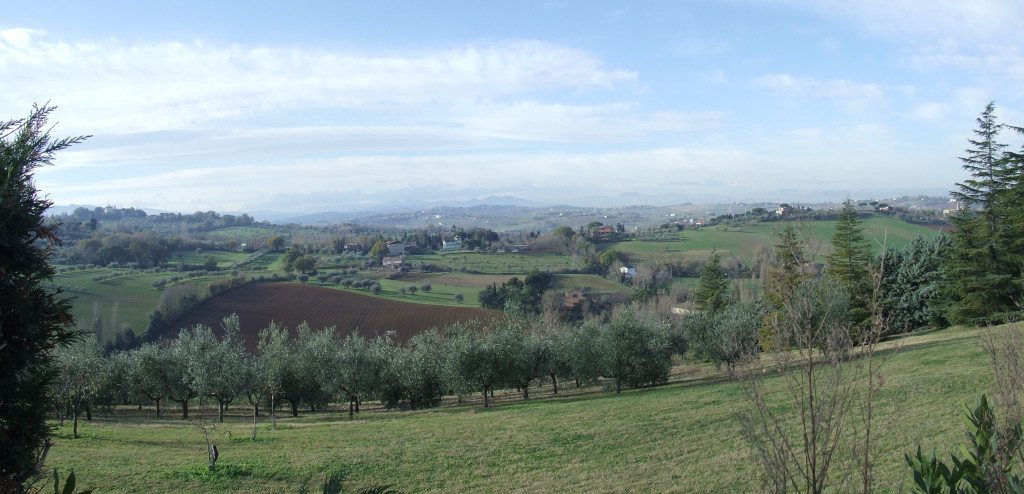Saint Francis Ways from Rimini to La Verna
Saint Francis Ways from Rimini to La Verna

This route connects the main towns where Saint Francis’s passing by is cited in either documents or supported by ancient traditions. In fact, Valmarecchia has always represented a borderland and, due to its being relatively easy to travel through, a “gateway” of communication among Central Italy, Rimini and Romagna. Also numerous Romei pilgrims crossed through it, coming from northern Italy and from towns east of Aquileia. So it should be no surprise that Saint Francis, in carrying out his “wandering ministry” took this route, probably more than once.
The “Considerazioni delle Stimmate”, a Franciscan test from the 14th century, tells of when Saint Francis, in 1213, in the company of brother Leone, going towards Romagna, reached the castle of Montefeltro (the ancient name of San Leo) on May 8, the day when a soldier was being knighted. The Saint preached in the square in front of the people and nobles gathered there, among whom there was Orlando Catani, the count of Chiusi in the Casentino, who, touched by Francis’s words, asked him for a personal meeting to reflect with him on saving his soul. At the end of this discussion, the count asked Francis to accept the gift of Mount Verna, which Saint Francis accepted. This meeting was thus the origin of the Franciscan establishment on Mount Verna, where the Saint received this Holy Stigmata and where the current Sanctuary was built. In memory of this visit, the city of San Leo inserted the figure of Saint Francis into their city coat of arms.
There are many signs that support the ancient traditions according to which, directly connected to Saint Francis’s stops in Valmarecchia, many convents were established and miraculous episodes occurred. There is, for example, the convent of Sant’Igne, built in 1244 in the woods at the foot of the cliffs of San Leo. Then there is Villa Verucchio, where there is a giant cypress tree in the cloister that was supposedly planted by the Saint and has been studied by botanists due to its size and longevity. The settlements of the 13th century, of the Clarisse and the Frati Minori in the area of Sant’Agata Feltria, were, according to legend, started by the Saint during his journey, probably on his way to San Leo in May 1213. Also worth mentioning is the existence in these places of many witnesses of the Franciscan spirit, an example for everyone is Brother Matteo da Bascio, commonly recognized as the founder of the Capuchin order.
Saint Francis, having incarnated his witnessing of the Christian faith in a poor and simple life, in touch with people, was very loved and still is today. The presence of Franciscans in these lands is still common and the religious fervor that it invokes is still very much alive among locals. The Walk hopes to continue the tradition of helping pilgrims find their way, on foot, by mountain bike or on horseback, by walking in the footsteps through the places touched by the Saint and by the great witnesses of the Franciscan order that were established in these lands.
Saint Francis’s Walk from Rimini to La Verna includes 5 legs for a total of 112 kilometers that wind through Emilia-Romagna and Tuscany, crossing through the valley of the river Marecchia in the lands of 10 municipalities in the provinces of Rimini, Forlì-Cesena and Arezzo. It is the northeastern gateway to Saint Francis’s Way which, passing through Umbria and Lazio, goes to Rome.
It is marked with the yellow Franciscan symbol of the Tau (like all of the Saint Francis’s Way up to Rome) which is in addition to the white and red CAI marks found along most of the route. Besides the main route, with a variation that will be open starting in spring 2017, all of the places of the Valmarecchia touched by the passage of Saint Francis or significant in some way in regards to Franciscan history in this area will be linked.
